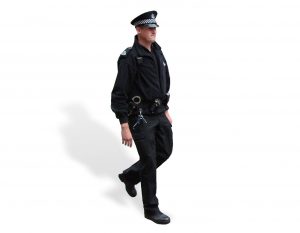 The Appeals Court recently reversed the defendant’s conviction of armed robbery while masked in Commonwealth v. Anitus, finding that “there was insufficient evidence to support” a conclusion that DNA found on items at the crime scene was placed there during the commission of the crime.
The Appeals Court recently reversed the defendant’s conviction of armed robbery while masked in Commonwealth v. Anitus, finding that “there was insufficient evidence to support” a conclusion that DNA found on items at the crime scene was placed there during the commission of the crime.
The background was as follows. “[T]wo men broke into a Burger King … at around 11:30 P.M. and stole approximately $3,000. Both men were described by the restaurant manager, who was present during the robbery, as African-American and wearing … masks…. Surveillance recordings from the Burger King and the neighboring Dunkin’ Donuts captured images of both men as they fled the crime scene. The recordings showed the second assailant removing his mask and, as he [was] fleeing the crime scene, tossing something into the Dunkin’ Donuts plaza…. One of the police officers who responded to the crime scene discovered two cloth items — a white toddler-sized T-shirt and a blue knotted bandana — in the Dunkin’ Donuts plaza. The Commonwealth’s theory was that the defendant” “threw the cloth items into the Dunkin’ Donuts plaza as he passed it and that he wore the T-shirt as a mask during the robbery, while his coventurer wore the bandana. The T-shirt and the bandana were tested for DNA…. Each sample from the T-shirt had the DNA of more than one person; the bandana contained DNA from at least three individuals. For the T-shirt samples, the major profile matched the defendant’s DNA profile [to a very high degree of statistical probability]. One of the major profiles of the bandana also matched the defendant’s DNA profile. The DNA analyst could not determine when any of the defendant’s DNA was deposited on either the T-shirt or the bandana.” At trial, the defendant presented an alibi defense. On appeal, the defendant challenged the sufficiency of the Commonwealth’s evidence. Continue reading →
 Massachusetts Criminal Lawyer Blog
Massachusetts Criminal Lawyer Blog










